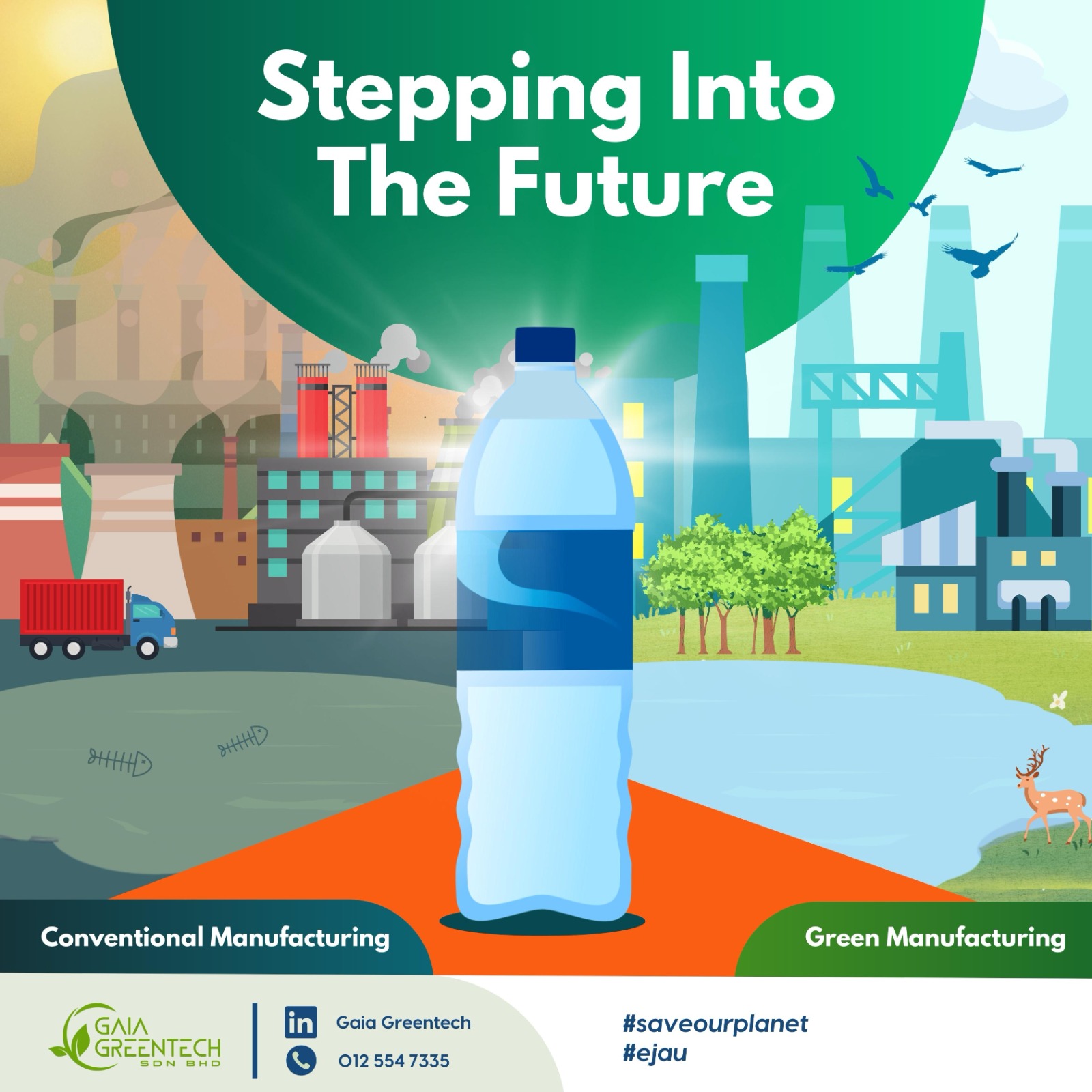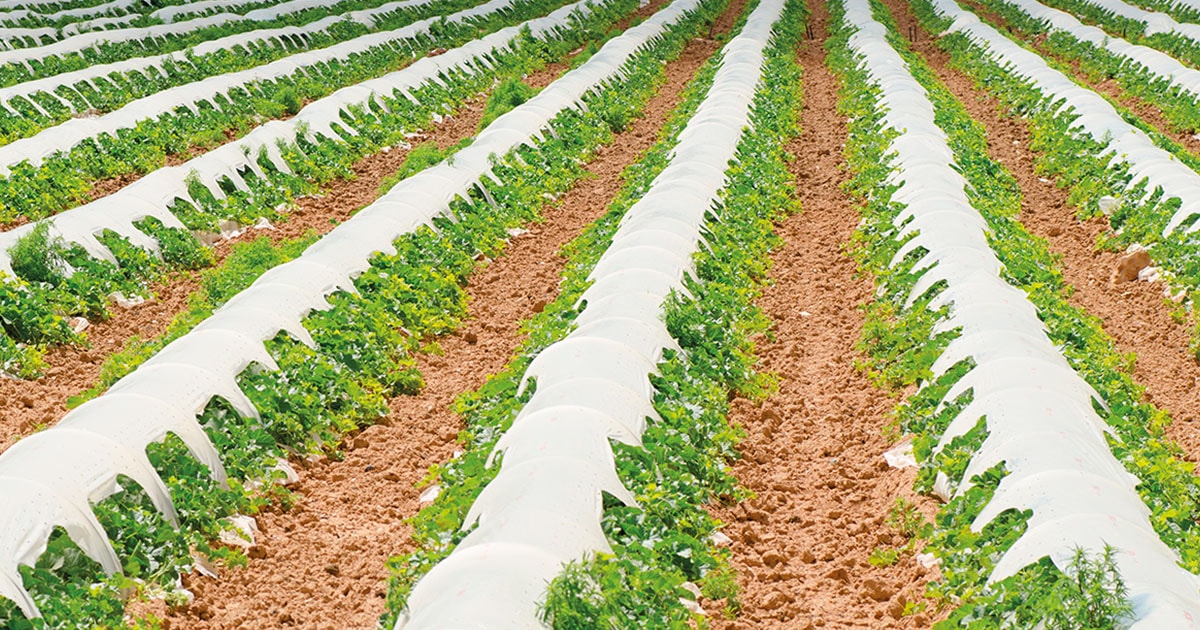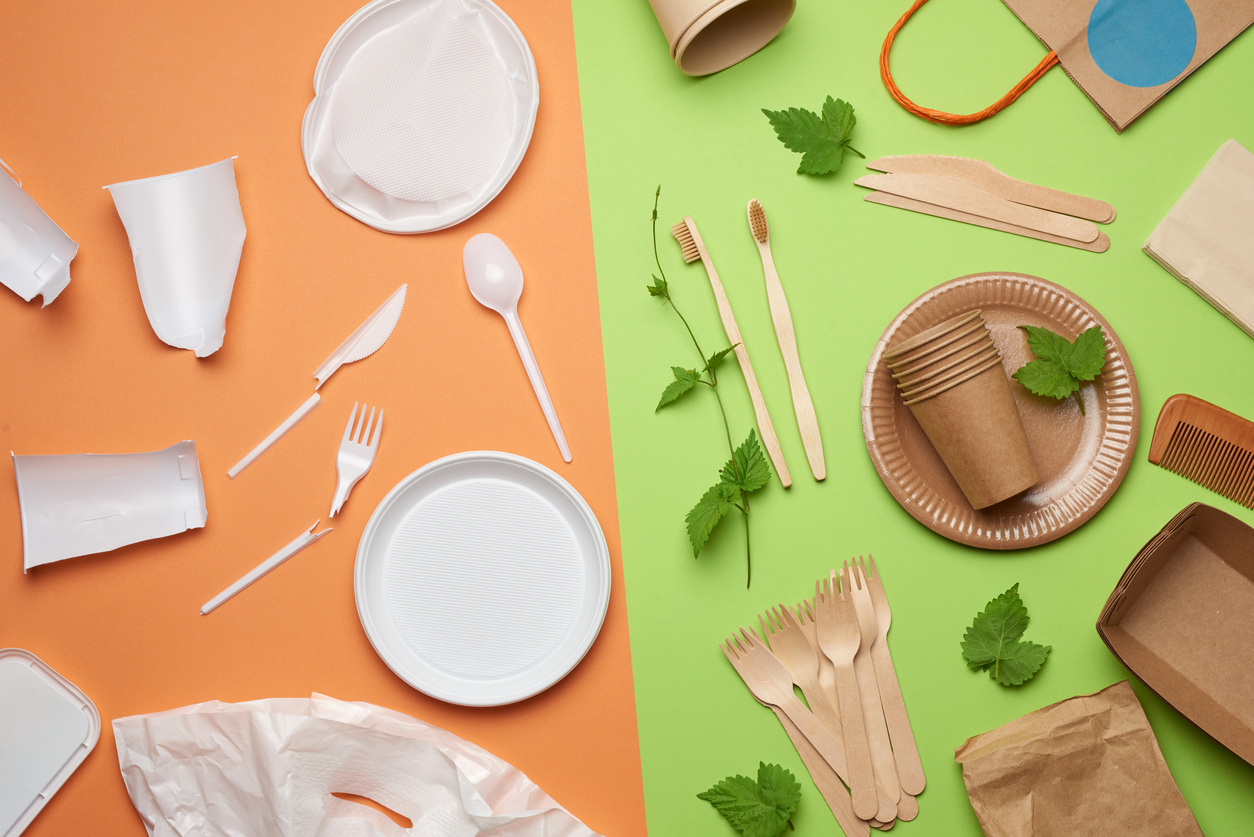The Evolution of Plastic Manufacturing
The Evolution of Plastic Manufacturing
How it started
The first known man-made plastic was created by Alexander Parkes in 1862 and it was made by dissolving cellulose nitrate in alcohol with camphor. Alexander’s creation led a way for the plastic material to be used in objects such as clothing buttons and combs. Plastic has eventually grown to be used in almost everything we can find and is continuing to evolve in many ways.
Traditional Plastic Manufacturing
Traditional or
conventional manufacturing is the main form of plastic manufacturing to this
day. There are essentially 4 steps to plastic manufacturing: extrusion,
moulding, cooling, and cutting or spool. Small polymer based plastic pellets
are melted and extruded through a heated chamber by a screw. Then, it is
injected into a mould which is where the plastic product takes its initial
shape. It is then cooled down in the mould until the plastic is solid enough to
be ejected. Workers or machines will then spool, cut, or remove excess plastic
from the final product to perfect its shape.
Conventional manufacturing is considered to be affordable and the most straightforward way to produce plastic products. It is very versatile, durable, and has a lower carbon footprint compared to materials such as glass or metal. The products produced are used worldwide and for nearly everything now. Its flexibility allows for innovative designs and functionalities in industries such as packaging, construction, automotive, electronics, healthcare, and many more. The manufacturing is also generally efficient compared to other materials.
Despite its benefits, polymer based plastic manufacturing is destroying our environment more than we know. Plastic takes a long period of time to decompose which leads up to increase of pollution. Plastic pollution is increasing daily and is not only affecting the cleanliness of our earth, but it is also a cause of death for multiple creatures in both the ocean and on land. Plastic production involves using non-renewable resources such as oil and gas, which are often extracted using environmentally destructive methods. In the long run, we will run out of these non-renewable resources if we do not find an alternative. Global consumption of oil is currently estimated at roughly 96.5 million barrels per day. According to OPEC, global demand is expected to reach 109 million barrels per day. Estimations vary slightly, but it is predicted that - if demand forecasts hold - we will run out of oil from known reserves in about 47 years. What will happen once we finally run out? What will we do then?
Not only is it filling up every corner of our planet, along with it are the chemicals and toxins that are used in these plastic products. Exposure to chemicals used in plastics, like flame retardants, endocrine disruptors, 'forever chemicals' or PFAS, bisphenol A (BPA) and phthalates, have been associated with a myriad of potential health impacts such as cancer. How can we continue to produce plastics but reduce all these risks for our own safety and future?
Biotechnology
Every single day we are innovating new ways to protect the future of our planet, one of them is Biotechnology. Integrating biotechnology and plastic manufacturing will result in Bioplastics which are healthier for us to use and is safe for the planet as well. Bioplastics can be made from microorganism engineered Polyhydroxyalkanoates (PHA) by fermenting sugars or lipids from a plant, the bacteria is fermented to grow a biopolymer and once the desired yield is reached it will be harvested from the fermentation solution to increase its concentration. It can also be made by extracting sugar from plants and converting it into Polylactic Acids (PLA). Various plants can be used to produce bioplastics, such as corn, potatoes, sugar cane, sugar beets, or wheat.
Unlike traditional plastic products, bioplastics are made with renewable and natural resources rather than petroleum, which makes it a great alternative to classic polymer-based plastics. This factor makes bioplastics more environmentally friendly and is safe for consumers too because it does not contain any harmful chemicals such as bisphenol A (BPA). Bioplastics are also easily recycled and will lessen the rate of plastic pollution that we are currently facing. With bioplastics, fewer carbon emissions are released because bioplastics produce significantly lesser greenhouse gases than conventional plastics over their lifespan. As bioplastics use renewable resources, it is one of the ways to make a better use of natural resources that we have available.
Although the manufacturing of bioplastics seems to be more expensive, it is better for the environment and the consumers in the long run. We also may never know how costly the price of oil will be due to its high demand, eventually the cost of manufacturing bioplastics may be more cost-effective than conventional plastic manufacturing.
Progression
The manufacturing industry is slowly transitioning to a greener approach which will help the problems of pollution and global warming decrease overtime. The market of bioplastics is also increasing since more research shows how beneficial bioplastic manufacturing is compared to conventional plastic manufacturing. According to a market research study published by Custom Market Insights, the demand analysis of Global Bioplastics Market size & share revenue was valued at approximately USD 10.35 Billion in 2021 and is expected to reach USD 12.91 billion in 2022 and is expected to reach around USD 29.79 Billion by 2030, at a CAGR of 17.56% between 2022 and 2030.
Summary
What we can conclude from this is that although conventional plastic manufacturing has been known to man for decades, there is still room for change. Bioplastics aren’t only safe for the planet but for the consumers as well and is clearly the way to go for a cleaner, greener, and safer future. There are still more studies and test ongoing about biotechnology and how we can continuously improve and innovate new thing to be introduced to the world. Discover more about Biotechnology with Gaia Greentech.


